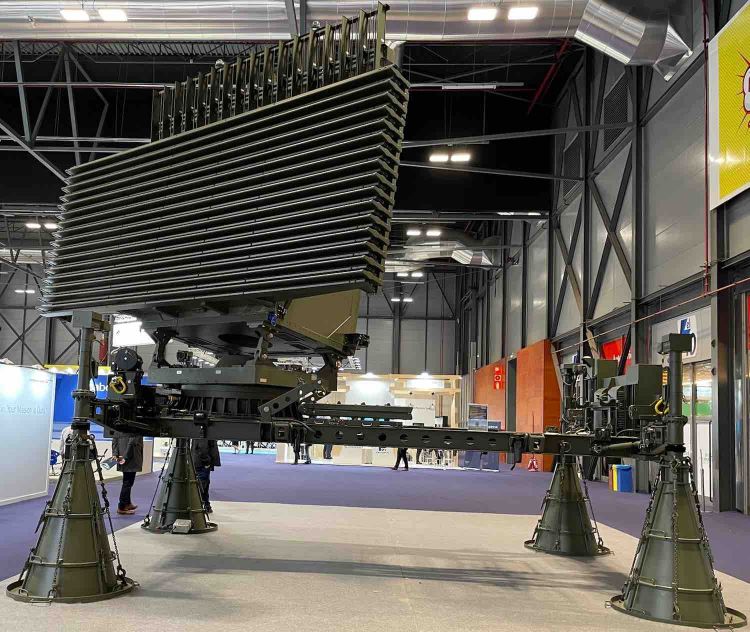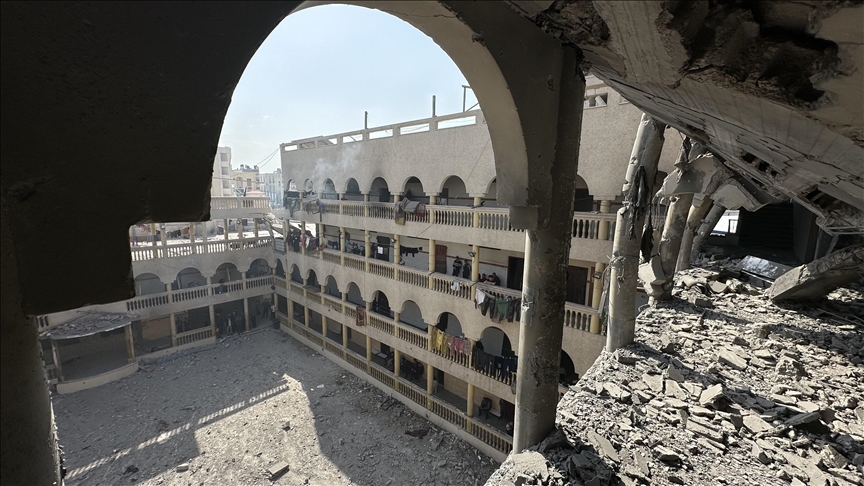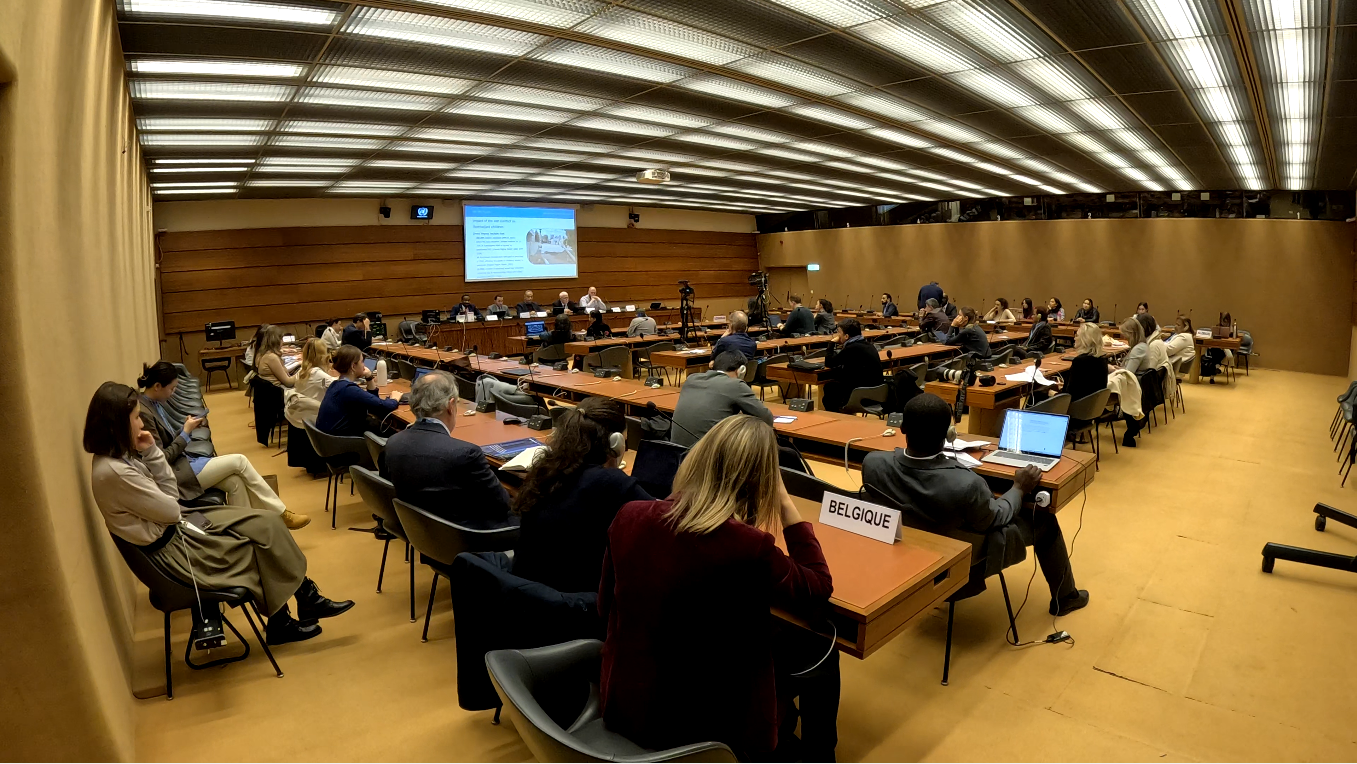The company said that during tests conducted at the Center for Radioelectric Assessment and Analysis [CEAR] of the National Institute of Aerospace Technology [INTA] in Guadalajara, the radar demonstrated “its ability to detect and track this type of missile, facilitating air command and control the early warning needed to neutralize the attack or mitigate the damage”.
These tests allowed us to test the possibilities for detecting, initiating tracking, and tracking the targets of tactical ballistic missiles on the Lanza 3D DADR radar. “The system assesses the various trajectory parameters needed to launch offensive, defensive or reconnaissance operations, such as the projected firing point, strike, interception, etc.,” Indra explains.
Radar capability testing was made possible by a certification and testing tool from the NATO Acquisition and Maintenance Agency [NSPA], consisting of a ground mission control station and a medium-sized drone system that emulates radar signal return repelled by a ballistic missile.
The company states that different flight profiles of this type of missile have been tested in their different propulsion and ballistic trajectories. In the same way, different launch and impact points and trajectories of different lengths and/or heights were taken into account. “In every test flight, the 3D Lanza DADR system gives extremely satisfactory results and demonstrates continuous and accurate detection and the ability to track targets,” he said.
3D family of copies
3D Lanza DADR is the latest generation of radars from the Indra 3D Lanza family. The initial development of the radar was supported by the Ministry of Defense and the Ministry of Industry, Tourism, and Trade.
This sensor will be part of NATO’s deployable Air Command and Control [DAC] component. It will also soon join the Allied Air Force, including the Spanish Air Force and the Royal United Kingdom Air Force [RAF].
Indra is one of the main suppliers of 3D radars to the Atlantic Alliance. In the last fifteen years, the Spanish company has won all open tenders. The company has implemented the space surveillance radar used by the Spanish Air Force at Morón Air Force Base [Seville] and is currently working on the development of Eurofighter fighter radars.
The company is also the coordinator of the Future Combat Air System [FCAS] in Spain and manages the next generation sensor pillar of this program, in addition to being the national leader of the two cross pillars and a major partner in the battle cloud.










